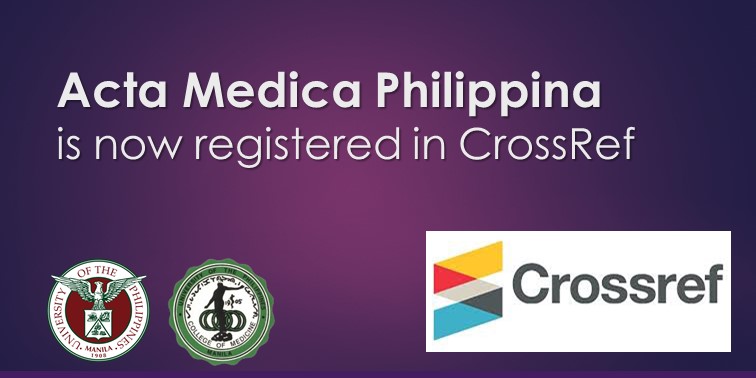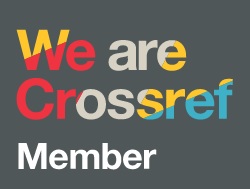The Feasibility of Using Telehealth for Training Health Care Workers and Persons with Disability on Integrated Rehabilitation and Prevention of Impairments and Disabilities of Leprosy, Lymphatic Filariasis, Diabetes, Pressure Ulcers, and Other Chronic Wounds (TeleRPOID Project)
DOI:
https://doi.org/10.47895/amp.v59i6.10003Keywords:
telehealth, disabilities, integrated rehabilitation and prevention, leprosy, lymphatic filariasis, pressure ulcers, chronic wounds, diabetes, Skin Neglected Tropical DiseasesAbstract
Background. The Philippines has the highest number of new leprosy cases in the Western Pacific Region, with 1,000 to 2,000+ cases detected annually over the past decade. Out of 46 filariasis-endemic provinces in the country, 43 have eliminated lymphatic filariasis. However, many grade 2 disabilities acquired from these neglected tropical diseases (NTDs) remain undetected due to inadequate monitoring during and after treatment. This was further exacerbated by the detrimental impact of COVID-19 on healthcare access. The pandemic prompted initial adoption of teletraining, making a feasibility study necessary.
Objective. This study aimed to determine the feasibility of using telehealth and distance learning to train healthcare workers and patients in the integrated rehabilitation and prevention of impairments and disabilities from leprosy, lymphatic filariasis, mycetoma, diabetes, pressure ulcers, and other chronic wounds.
Methods. Selected rural health units, patients with disabilities, and their caregivers in a leprosy- and lymphatic filariasis-endemic region were recruited. Municipal health officers and leprosy coordinators helped in the conceptualization, planning, implementation, and evaluation of the teletraining program to ensure its acceptability and utilization. Asynchronous and synchronous methods were used. The main reference was the "Ten Steps" guide. Training materials were shared via Google Drive and flash drives sent to each study site. One-day didactics and skills trainings were conducted through live-interactive sessions using online platforms (Zoom or Google Meet). Topics focused on nerve function assessment (for leprosy and diabetes), problems of mobility, lymphedema, wound care, and self-care. Participants practiced and demonstrated their skills on local patients, with mentoring through Messenger chats. Knowledge and performance assessments were conducted.
Results. The study was conducted from 2021 to 2022 and the actual training implemented within four months of 2022. Two municipalities of Sultan Kudarat province, Mindanao Island group with one rural health unit (RHU) each had participated. All participants (N=16; eight RHU personnel and eight village health workers) attended the synchronous skills training, 12 (75%) submitted return demo videos, and 13 (81.25%) had practicum patients. All participants rated the training as successfully attaining objectives and activities. All were generally satisfied with the teletraining because of improved knowledge and skills gained and were willing to continue it. Efficiency, speed, quality of training, and trainers had high ratings. Teletraining was considered effective in improving the wound care of their patients. Patients were also satisfied with the home care. However, the unreliable internet service in the study sites created difficulties during synchronous sessions and negatively affected appropriateness of teletraining. Finding patients for practicum was challenging. Some supplies were not available in local drugstores and had to be shipped from Manila, raising costs. Overall, the rating of the teletraining was good.
Conclusion. Teletraining of health workers from distant health units on integrated disability prevention and care is feasible in terms of implementation, acceptability, and practicality if stable internet connectivity is available. Larger studies are recommended.
Downloads
Published
Issue
Section
License
Copyright (c) 2025 Acta Medica Philippina

This work is licensed under a Creative Commons Attribution-NonCommercial-NoDerivatives 4.0 International License.




.jpg)



